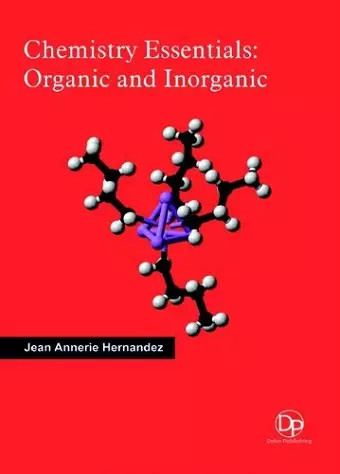Chemistry Essentials
Organic and Inorganic
Format:Hardback
Publisher:Delve Publishing
Published:30th Nov '16
Should be back in stock very soon

Organic chemistry is a highly creative science in which chemists create new molecules and explore the properties of existing compounds. Organic compounds are all around us. They are central to the economic growth in the rubber, plastics, fuel, pharmaceutical, cosmetics, detergent, coatings, dyestuff, and agrichemical industries, to name a few. In organic chemistry, molecules that have similar properties (whether they are chemical or physical properties) are grouped together. The reason they have similar properties is because they have similar groups of atoms; these groups of atoms are called functional groups. Chemical properties involve one substance changing into another substance by reacting. An example of a chemical property is the ability of chlorine gas to react explosively when mixed with sodium. The chemical reaction creates a new substance, sodium chloride. Physical properties refer to different forms of a substance, but the substance remains the same; no chemical reaction or change to a new substance occurs. Some of the properties that the functional groups provide include polarity and acidity. For example, the functional group called carboxyl (-COOH) is a weak acid. Polarity refers to one end of a molecule having a charge (polar), and the other end having no charge (nonpolar). For example, the plasma membrane has hydrophilic heads on the outside that are polar, and the hydrophobic tails (which are nonpolar) form the inside of the plasma membrane. However, Inorganic Chemistry is not an isolated branch of chemistry. This core science is fully unified with other areas of chemistry such as organic, physical and analytical chemistry. It deals with the chemistry of all non-organic compounds, and mainly involves the chemistry of metals and especially transition metals. These elements play a crucial role in industrial catalytic processes that are required to produce substances and new materials at a rate far exceeding that of natural chemical reactions. Such catalytic processes can take place in solution or on the surface of solid materials and usually involve transition metal elements.
ISBN: 9781680957266
Dimensions: unknown
Weight: unknown
238 pages